涡轮机控制: Woodward 9907-164可能是专门设计用于涡轮机的控制模块,用于实现涡轮机的启动、停止和运行控制。多功能性: 模块可能提供多种功能,如速度控制、负荷控制、保护等,以确保涡轮机的安全和稳定运行。控制算法: 可能配备先进的控制算法,如PID(比例积分微分)控制,以实现精确的控制和调节。数据采集和监测: 可能用于采集涡轮机运行过程中的数据,如温度、压力、速度等,并进行实时监测。通信接口: 可能具备通信接口,用于与其他设备、系统或网络进行数据交换和集成。故障保护: 可能具备故障检测和保护功能,以防止涡轮机在异常情况下运行,确保设备和人员的安全。可编程性: 可能支持可编程功能,允许用户根据涡轮机的特定需求进行设置和调整。
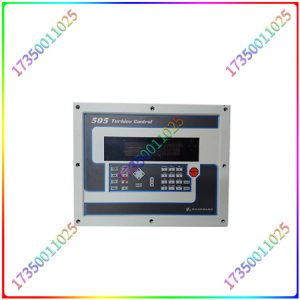
9907-164
Woodward 9907-164 微处理器:模块的核心部件是微处理器,它是一种小型的、可编程的芯片,能够执行指令和进行计算。它作为模块的控制单元。输入:控制器模块接收来自各种传感器或外部设备的输入信号,例如温度传感器、压力传感器、开关或其他控制模块。这些输入提供有关系统当前状态的信息。输出:根据输入信号和编程指令,控制器模块生成输出信号,控制执行器、电机、阀门、显示器或系统中的其他组件。它根据所需的参数调节和调整系统的行为。编程和算法:控制器模块中的微处理器可以使用特定的软件或编程语言进行编程。编程允许定制系统的控制逻辑、算法和响应特性。可以实施不同的控制策略,例如PID(比例-积分-微分控制,以实现所需的性能。
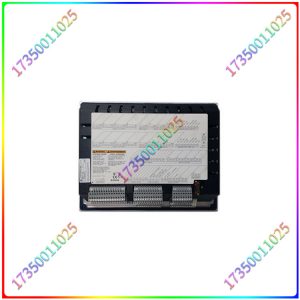
9907-164
Woodward 9907-164 通信:许多控制器模块支持通信接口,例如串行通信(RS-232、RS-485)、以太网或现场总线协议(Profibus、Modbus)。这些接口使控制器模块能够与其他设备交换数据,例如人机界面(HMI)、监控和数据采集(SCADA)系统或分布式控制系统中的其他控制器模块。实时操作:许多控制器模块实时操作,这意味着它们可以在特定的时间限制内处理输入信号并生成输出信号。此功能对于精确定时和响应能力至关重要的应用至关重要,例如机器人或运动控制系统。数据存储和记录: 可能支持数据存储和记录功能,用于保存历史数据、事件记录等。
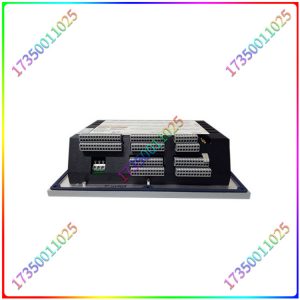
9907-164
Turbine Control: Woodward 9907-164 may be a control module specifically designed for turbines, used to achieve turbine start, stop, and operation control. Multifunctionality: The module may provide multiple functions, such as speed control, load control, protection, etc., to ensure the safe and stable operation of the turbine. Control Algorithm: Advanced control algorithms such as PID (Proportional Integral Differential) control may be equipped to achieve precise control and regulation. Data collection and monitoring: May be used to collect data during turbine operation, such as temperature, pressure, speed, etc., and conduct real-time monitoring. Communication interface: It may have a communication interface for data exchange and integration with other devices, systems, or networks. Fault protection: It may have fault detection and protection functions to prevent the turbine from operating under abnormal conditions, ensuring the safety of equipment and personnel. Programmability: May support programmable functions, allowing users to set and adjust according to the specific needs of the turbine.
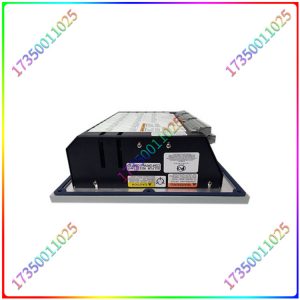
9907-164
Woodward 9907-164 microprocessor: The core component of the module is the microprocessor, which is a small, programmable chip capable of executing instructions and performing calculations. It serves as the control unit of the module. Input: The controller module receives input signals from various sensors or external devices, such as temperature sensors, pressure sensors, switches, or other control modules. These inputs provide information about the current state of the system. Output: Based on input signals and programming instructions, the controller module generates output signals to control actuators, motors, valves, displays, or other components in the system. It adjusts and adjusts the behavior of the system based on the required parameters. Programming and algorithms: The microprocessor in the controller module can be programmed using specific software or programming languages. Programming allows customization of the control logic, algorithms, and response characteristics of the system. Different control strategies can be implemented, such as PID (Proportional Integral Differential Control), to achieve the required performance.
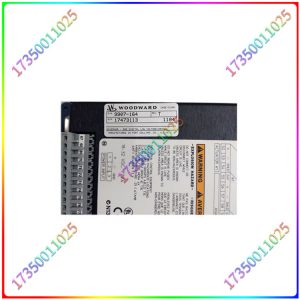
9907-164
Woodward 9907-164 communication: Many controller modules support communication interfaces, such as serial communication (RS-232, RS-485), Ethernet, or fieldbus protocols (Profibus, Modbus). These interfaces enable controller modules to exchange data with other devices, such as human-machine interfaces (HMI), monitoring and data acquisition (SCADA) systems, or other controller modules in distributed control systems. Real time operation: Many controller modules operate in real time, which means they can process input signals and generate output signals within specific time limits. This feature is crucial for applications where precise timing and responsiveness are crucial, such as robots or motion control systems. Data storage and recording: It may support data storage and recording functions for saving historical data, event records, etc.

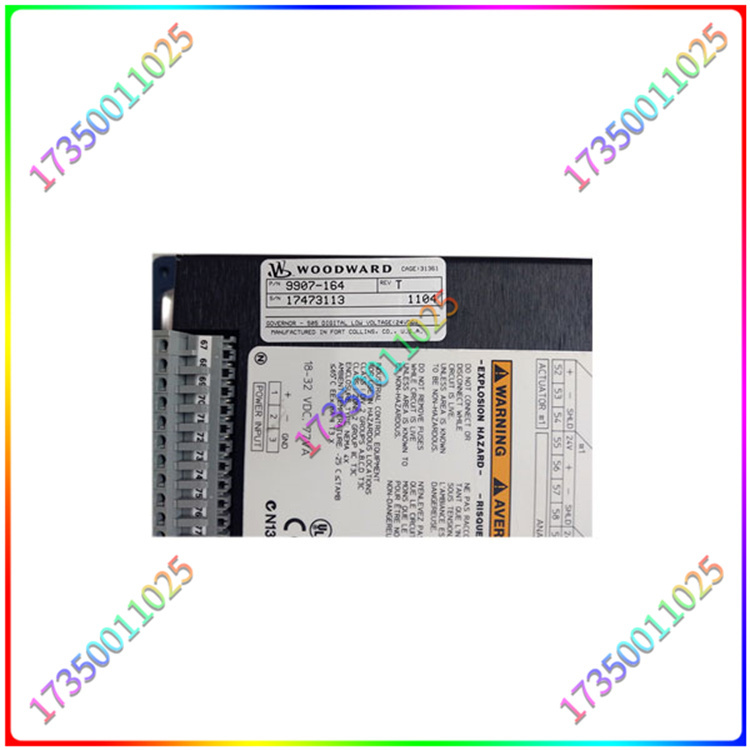
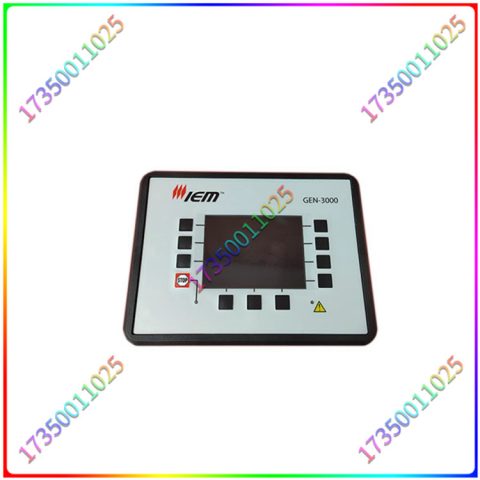
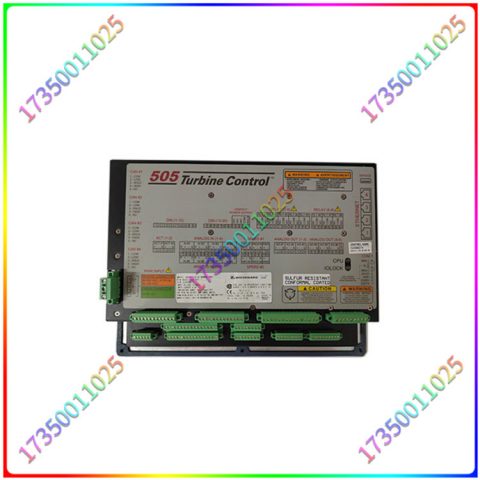
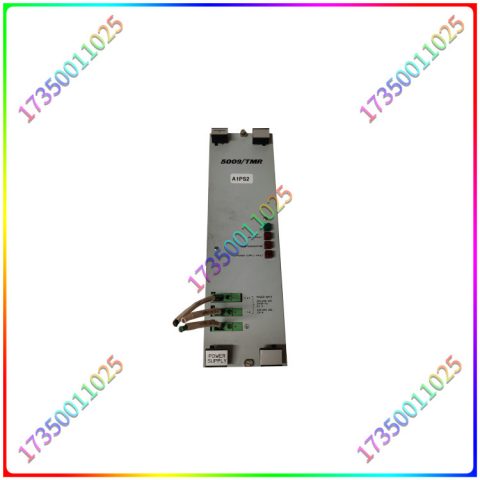
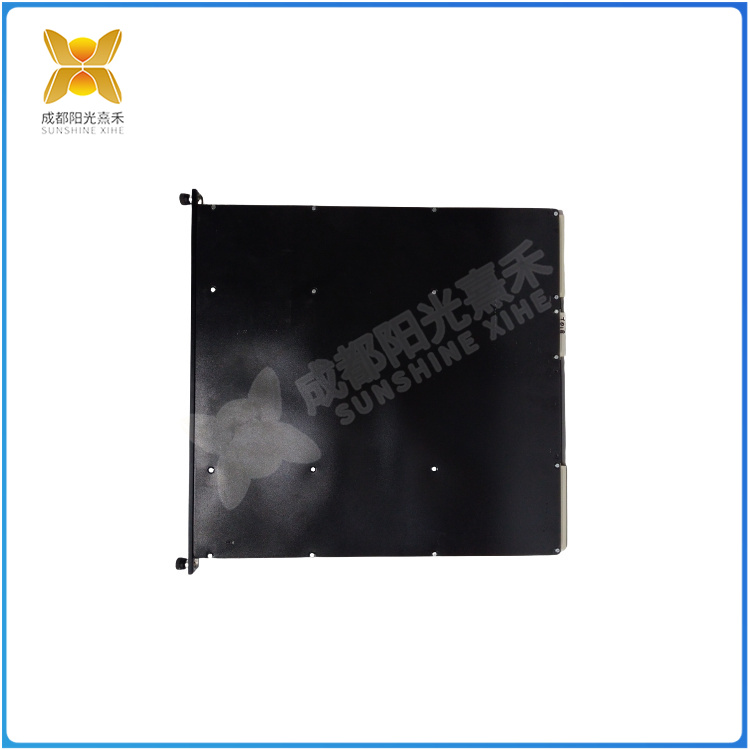
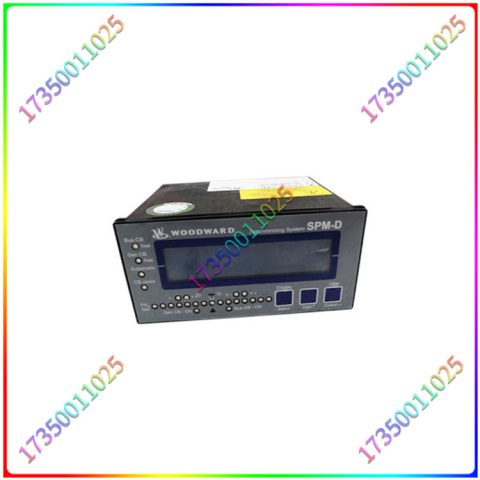
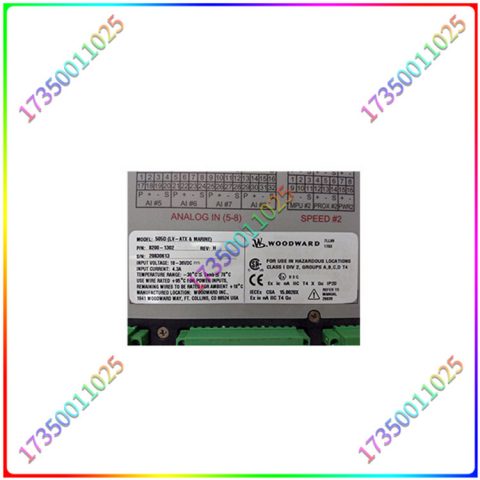
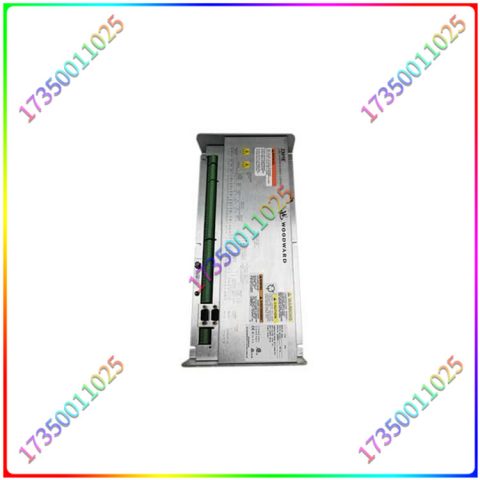
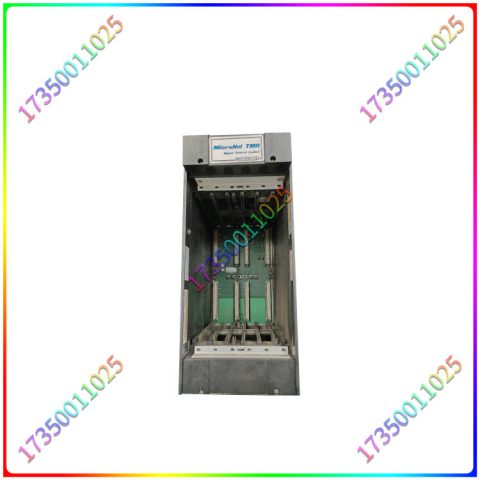
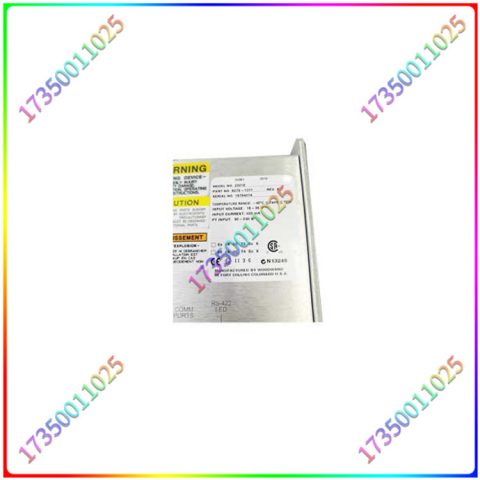
There are no reviews yet.